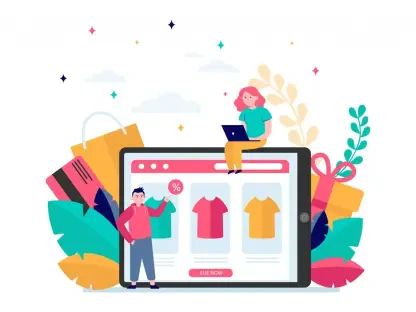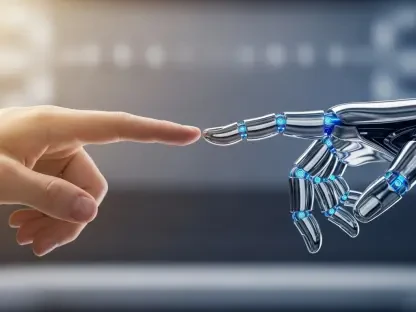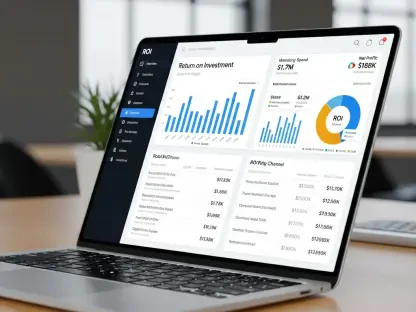The way we shop in the physical world today is not the same as ten years ago. But why have behaviors changed so much and does online user experience (UX) have something to do with these changes?
And what does it mean for the future of retail?
This article explores how shopping in the physical space has been influenced by the innovations of the online user experience.
New-age shoppers
Today, e-commerce is estimated to be an over-4.9 trillion-dollar industry by 2021.
One can say that, in recent years, buyers have become spoiled due to the increasingly personalized shopping experience in the online environment. So, if a website is poorly designed or unintuitive, a prospect would simply look for another website and buy from your competitor.
In the real world, this can also happen by exiting a shop and entering the next one, instead of closing one tab and opening another.
It seems as though the improvement customers have experienced online has affected their expectations for shopping in the physical world. What bridges these two experiences? And what could we change about real-world shopping to bring it up to date with consumers’ needs and expectations?
Continuous refinement of user experience
Talented UX designers are continuously increasing users’ expectations. The slow-moving checkout lines might be a thing of the past today. Luckily, businesses are starting to take user experience in their physical shops more seriously than ever, looking for solutions that would enhance and improve the shopping experience.
Retailers must make changes and adapt to new customer behaviors, as they expect smooth and convenient shopping. What can you focus on when rethinking your retail experience?
Intuitive features
Today’s consumers are especially used to being able to quickly locate and buy what they want and need. For mobile apps and websites, this can be achieved through an intuitive design and platform, enabling users to find items almost instantly. The purchases are streamlined and happen without friction. But this has also influenced behaviors: When every process is taken care of, one doesn’t think of what to do next. Moreover, online shopping brings instant gratification. Buyers can complete the purchase at their convenience, in any place, at any time.
These expectations of smooth online shopping are now shifting toward physical stores.
Catching up with the trends
The retail industry is undergoing major changes due to the recent shifts in customer expectations, and businesses are doing everything to improve the experience. However, a large part of retailers is having difficulty catching up with the trends.
When it comes to trends that can enhance user experience in physical stores, a promising example is the use of augmented reality (AR). Augmented reality empowers the physical space by adding a digital layer and attracting new customers. Some shops have already implemented this technology: there are virtual fitting rooms and apps to help customers visualize how a product will look in their home.
What does the future hold?
Merging digital and physical marketing strategies might be what agile, innovative retail leaders are looking for in the future. They will attempt to offer their customers better experiences in real-world shops and increase loyalty while expanding their customer base.
If physical retail wants to stay competitive in the unpredictable market and in challenging times, businesses will need to start improving their processes to keep up with their customers’ preferences and the evolution of technology.
Because technology is, ultimately, impacting your business and your consumers—who will force your company to adapt and improve their shopping experiences.









